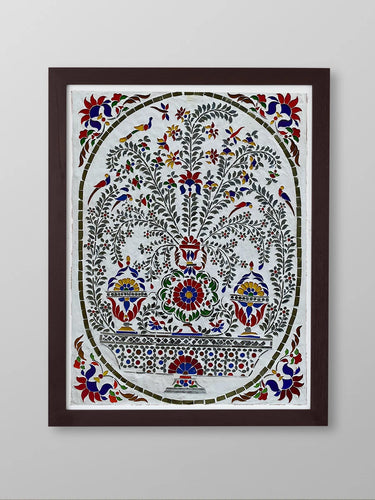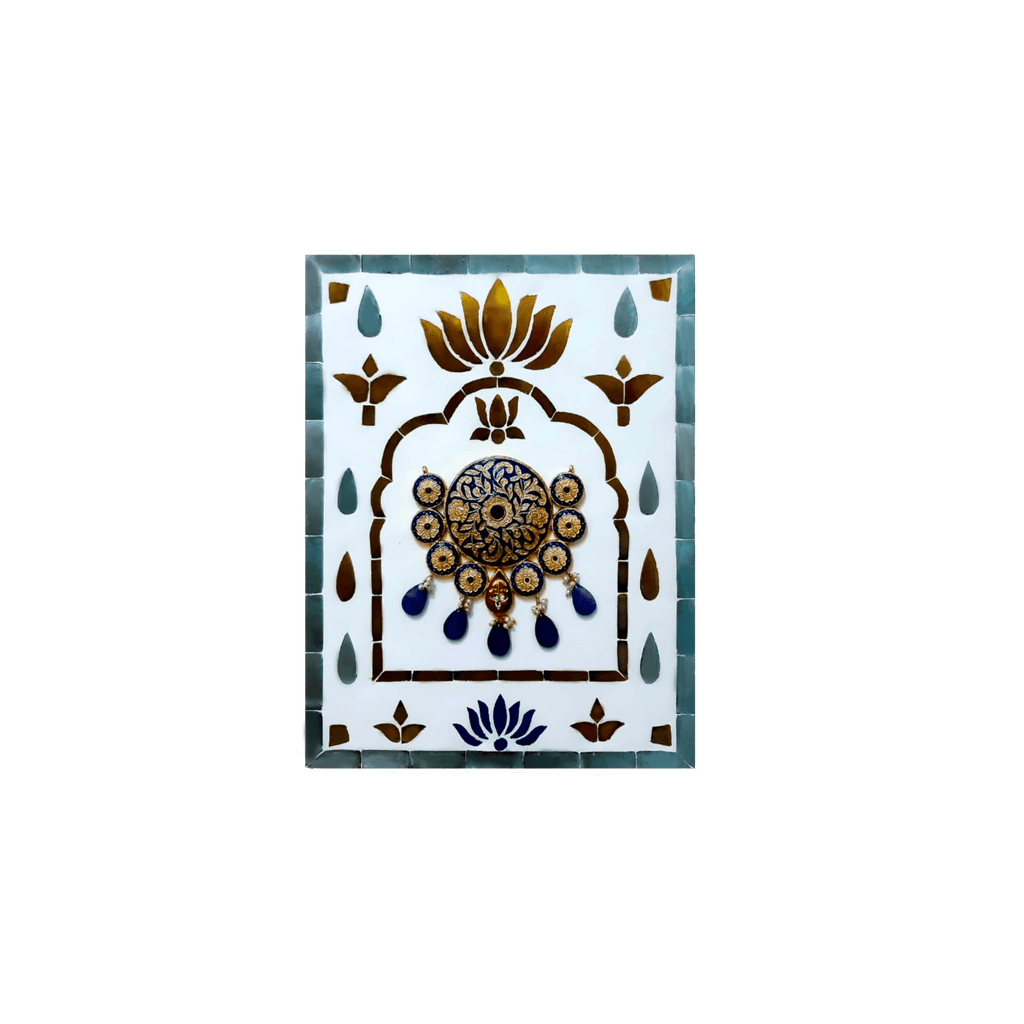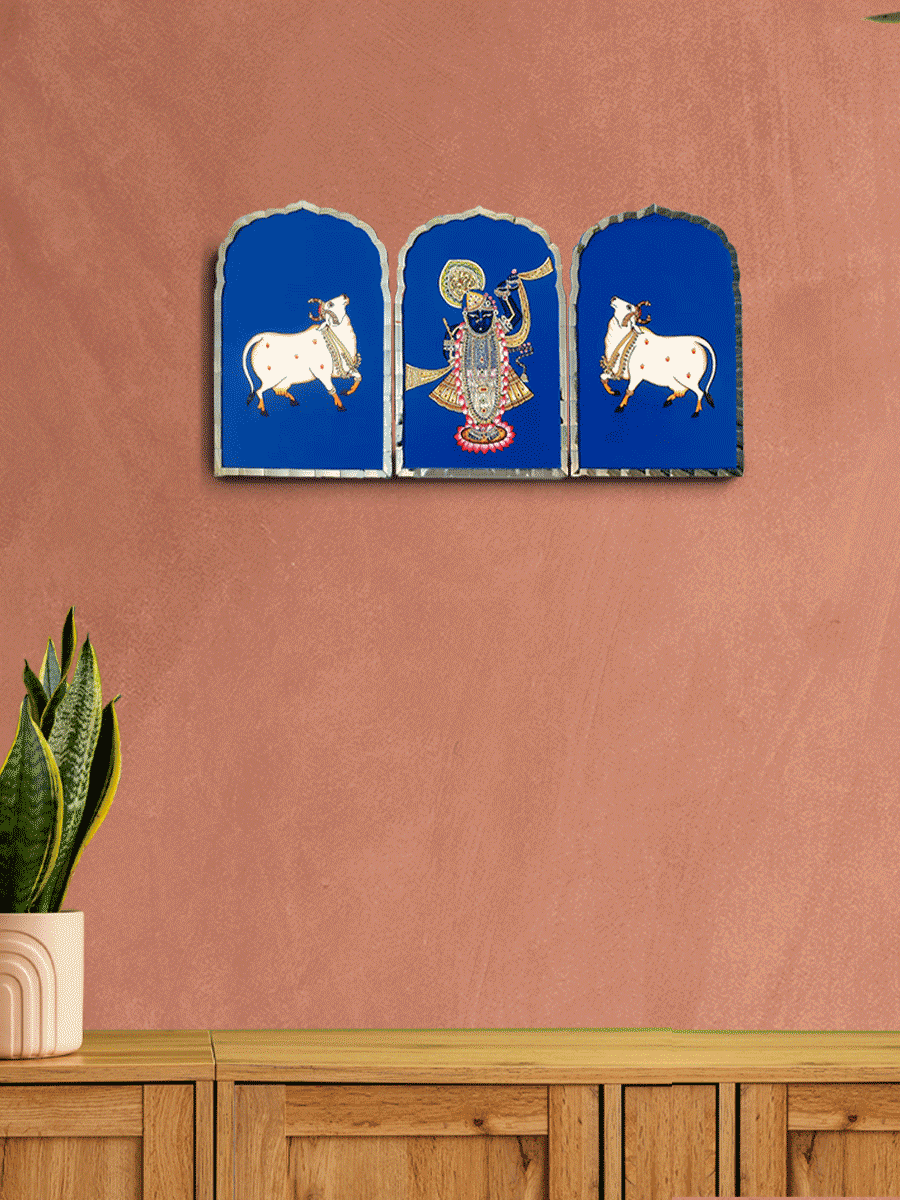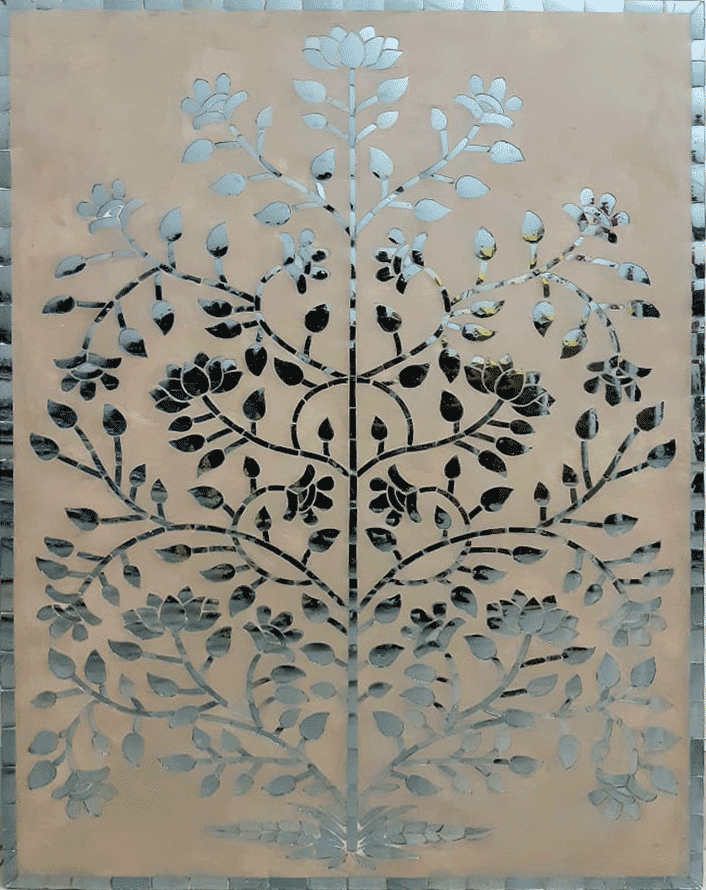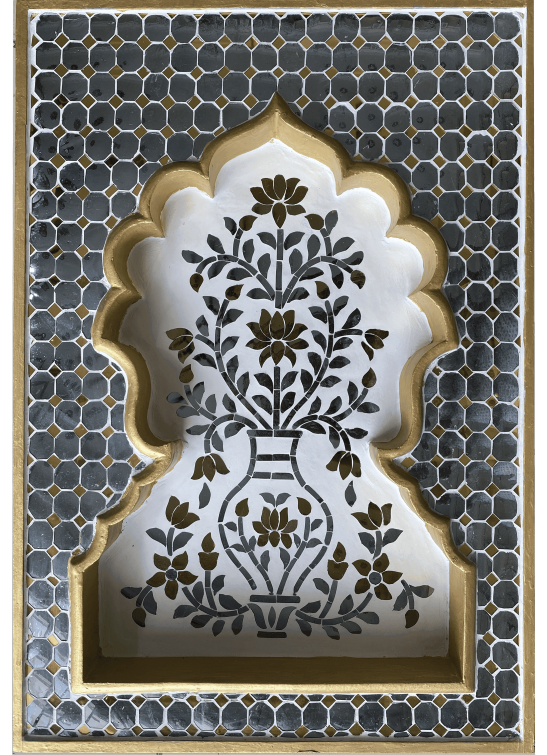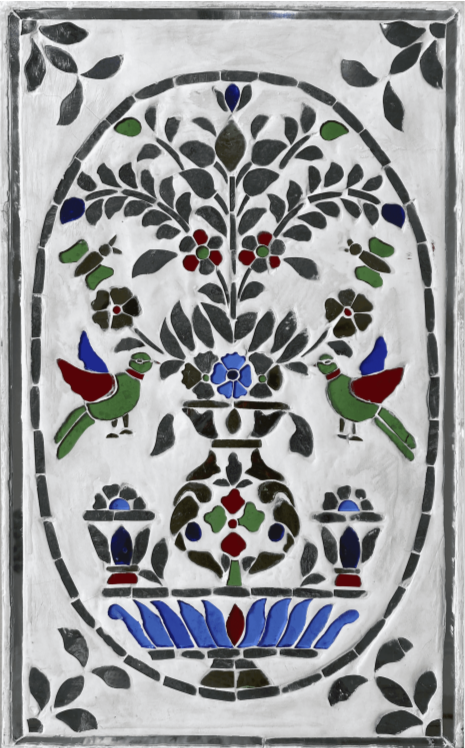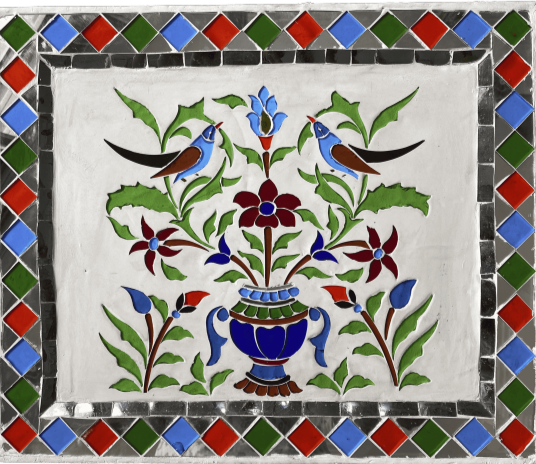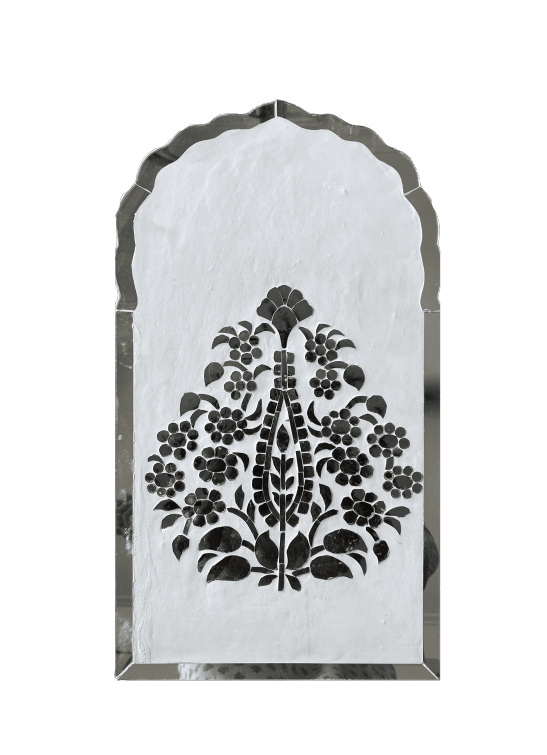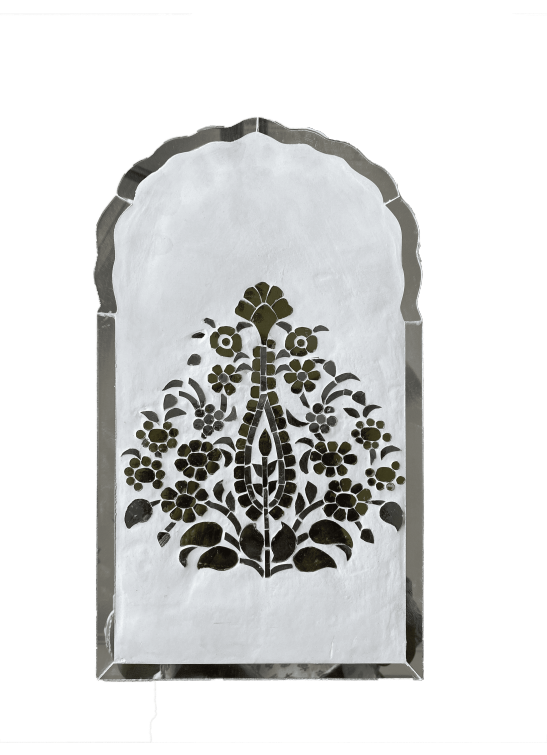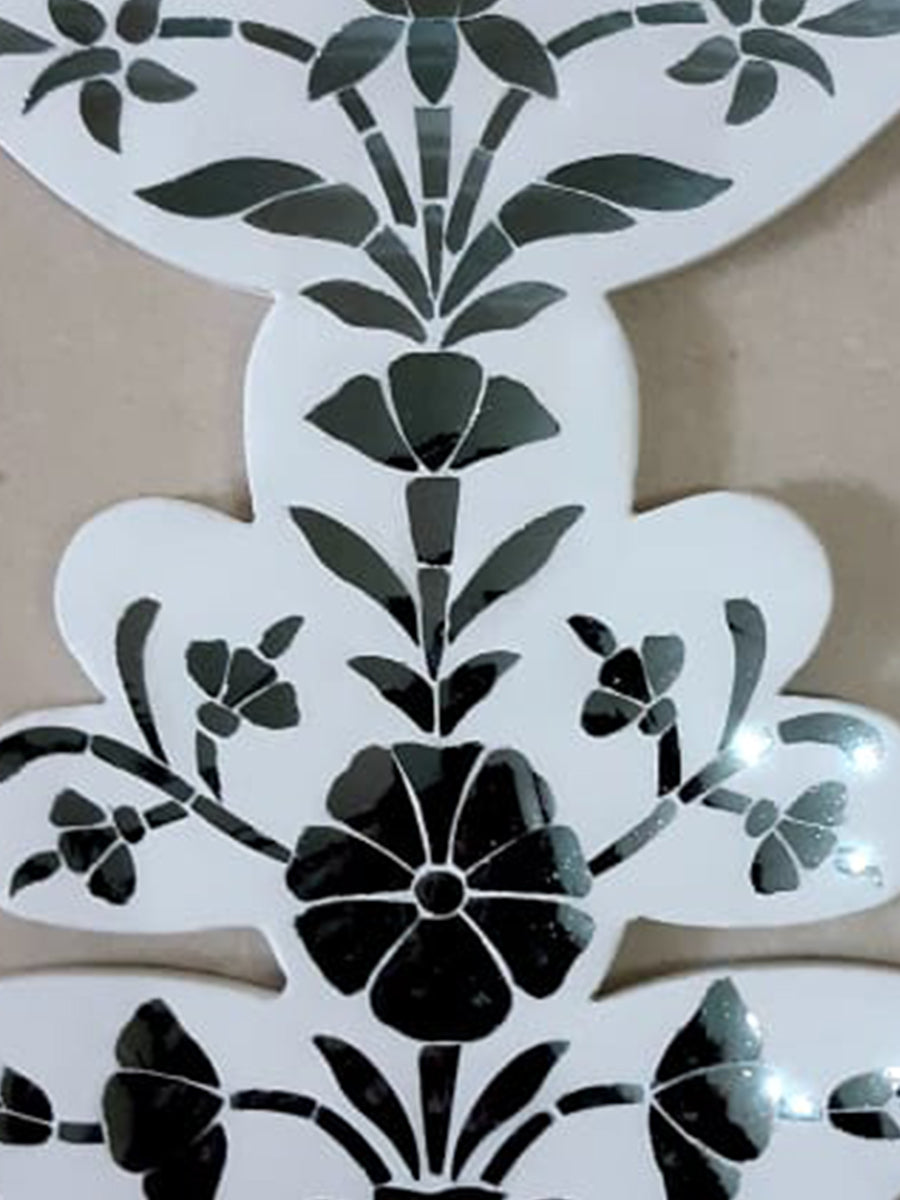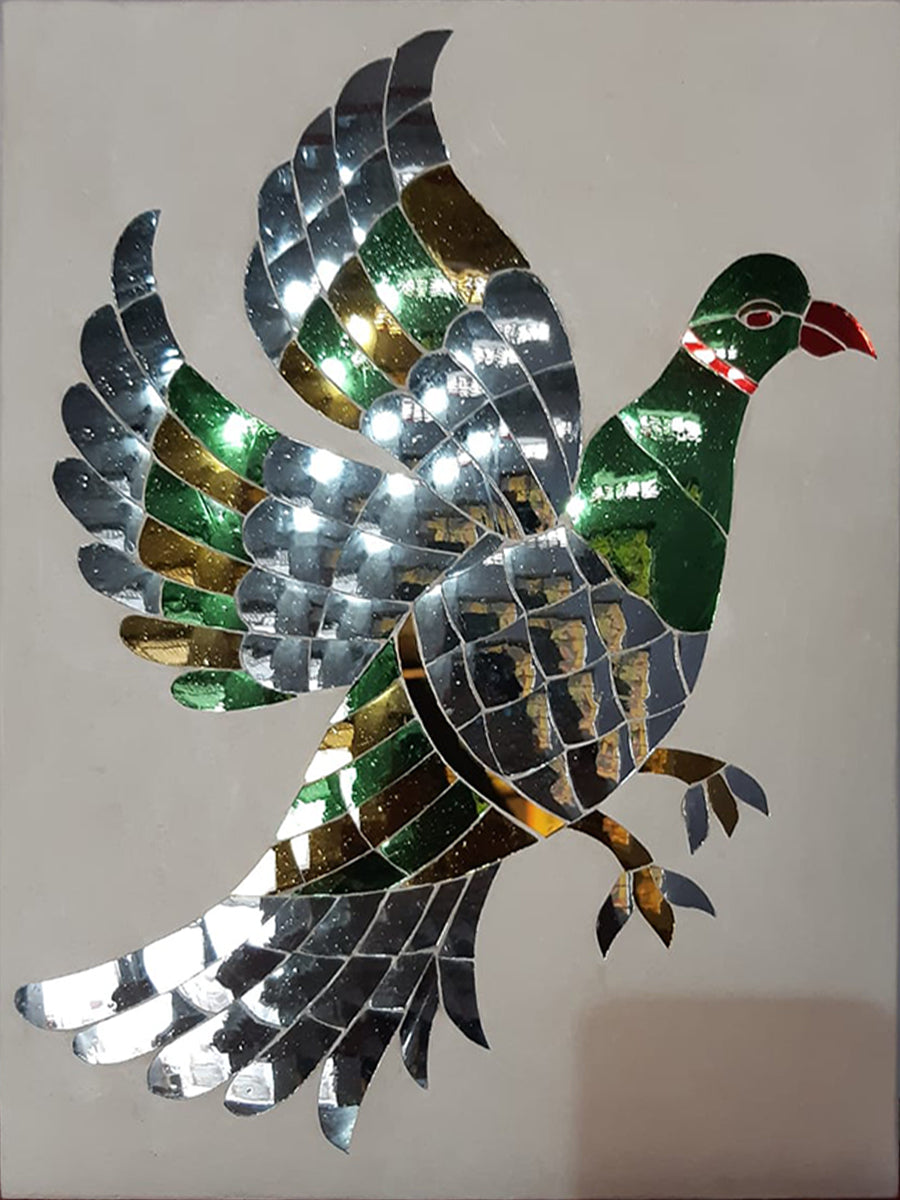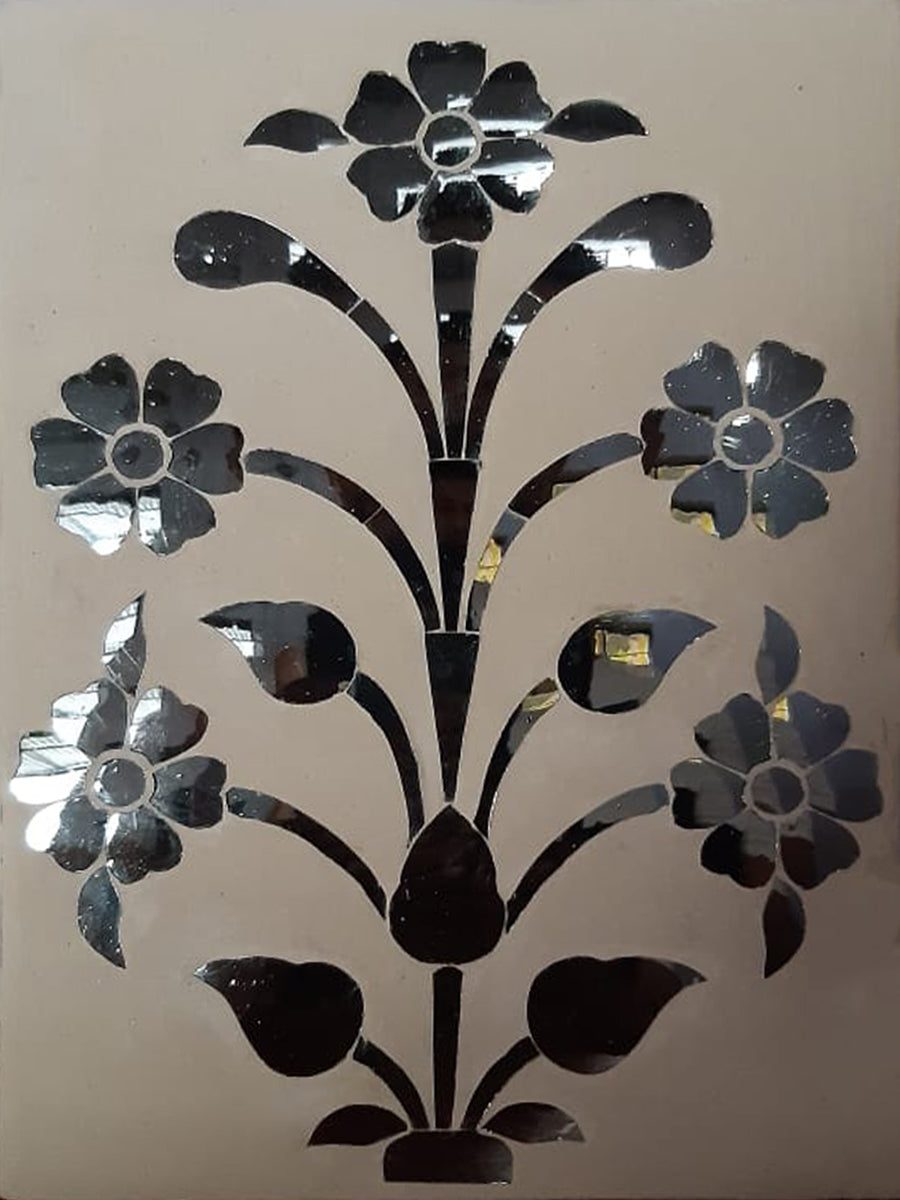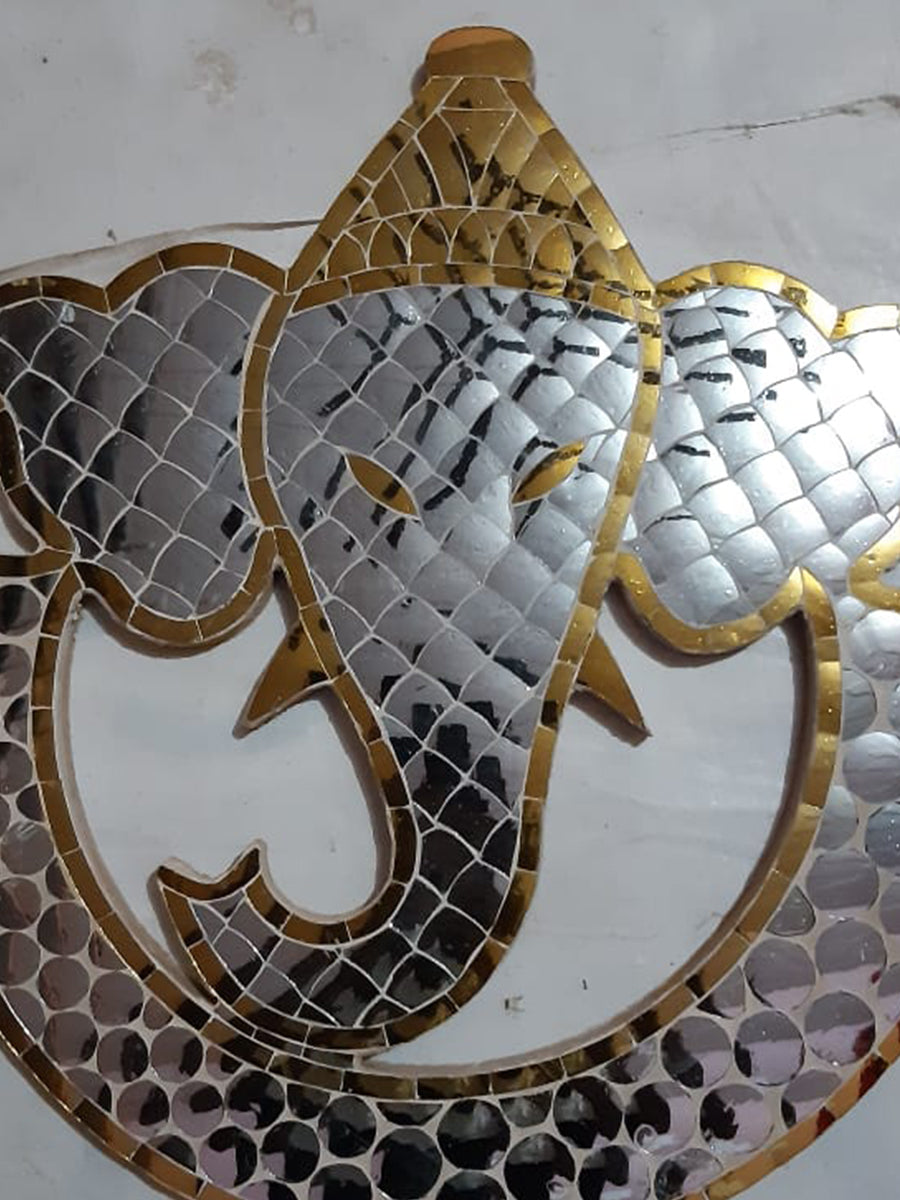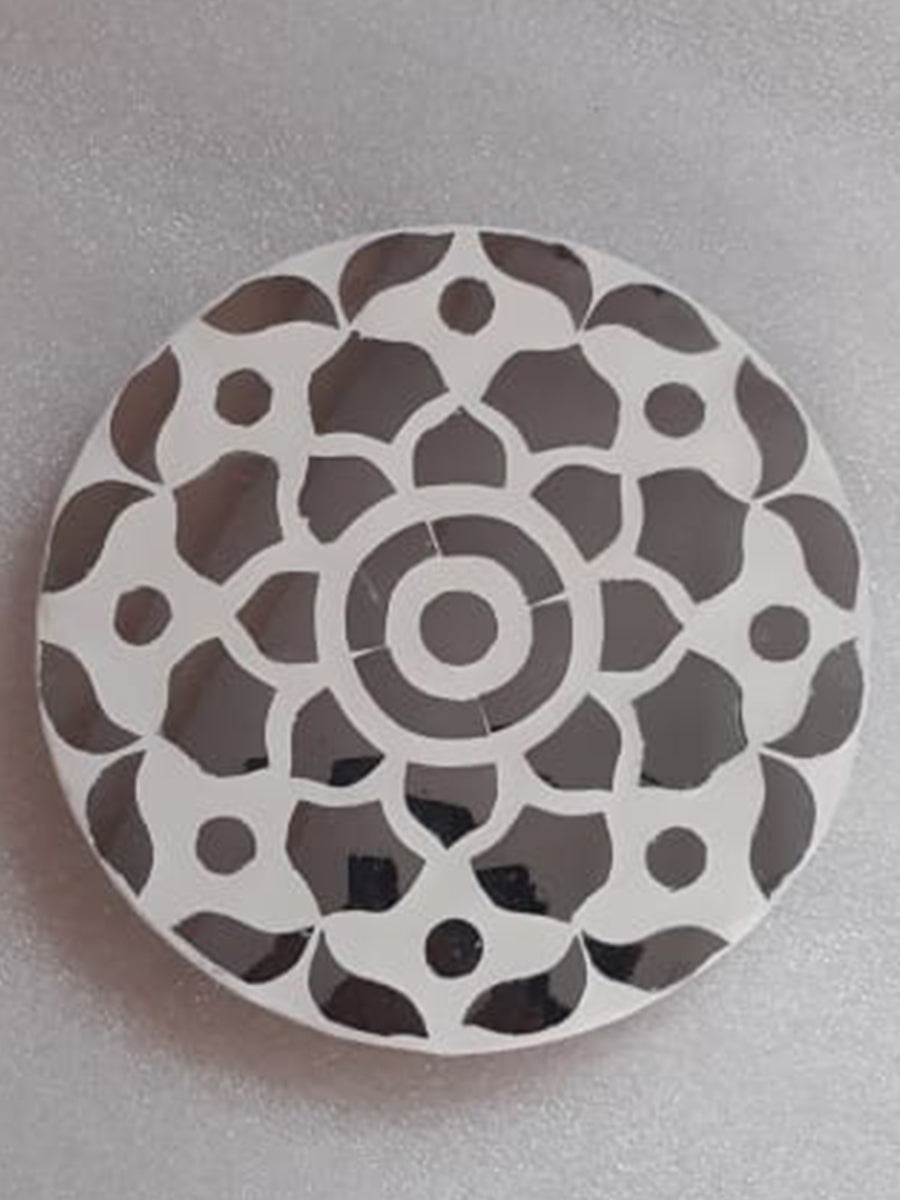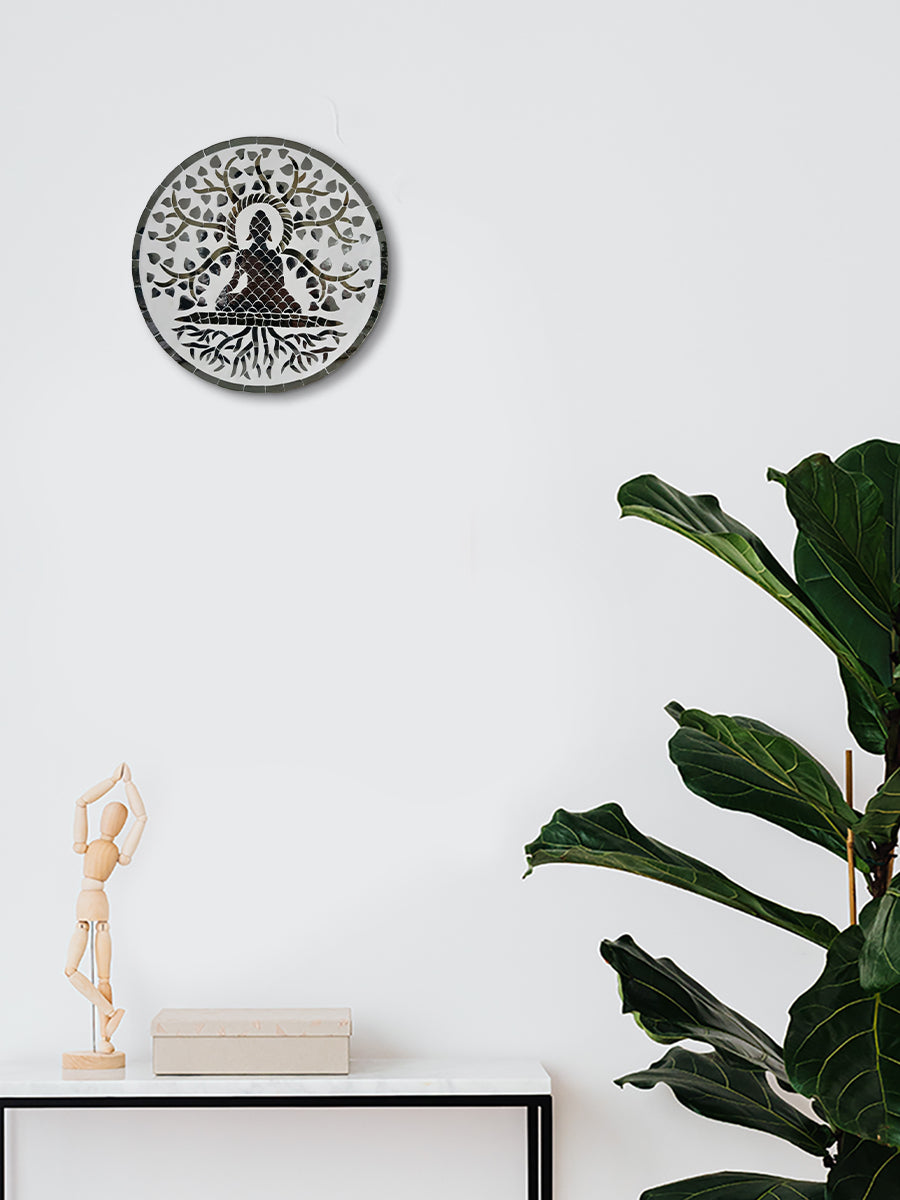Thikri art is a form of glass mosaic or mirror inlay work from Rajasthan that adorned palaces, temples, and havelis (mansions) with its incredible beauty. Initially, Thikri craft was reserved for embellishing royal abodes, and majorly floral or ornamental motifs were used. However, over time, it permeated everyday life, embellishing a wide array of items such as furniture and jewelry, incorporating motifs ranging from geometry, vegetation, and animals to deities.
History and Legend
The art of Thikri was brought to India centuries ago by skilled artisans from Persia. Over time, it evolved and adapted to local sensibilities, becoming an integral part of Rajasthan's cultural landscape. The iconic song from the Bollywood movie 'Mughal-e-Azam,' released in 1960, features Madhubala dancing within the Sheesh Mahal, adorned by skilled Thikri artisans. The delightful craftsmanship not only enhanced the scene but also created an illusion of countless Madhubalas dancing simultaneously, reflecting the magic of this traditional art form.
Technique and Style
Thikri artisans meticulously handcraft each piece, beginning with the selection of high-quality glass mirrors. These mirrors are cut into various shapes and sizes, ranging from tiny squares to intricate geometric patterns. The artisans then insert these mirrors into a base material, typically plaster or wood, using natural adhesives like gum Arabic or lime mortar. The magic of Thikri lies in its symmetrical patterns and meticulous craftsmanship where artisans skillfully arrange the mirrors to create mesmerizing designs that reflect light and create a dazzling play of colors.
FAQs
How does Thikri Art differ from other mirror work?
Thikri Art is distinguished from other forms of mirror work by the precision and intricacy with which the mirrors are cut and arranged. While mirror work is common in many Indian crafts, Thikri Art is unique in its detailed patterns, the careful alignment of the mirrors, and the use of high-quality glass that enhances its reflective properties.
How can I care for Thikri Art?
To care for Thikri Art, it is important to keep the surface free from dust and dirt. Gently clean the mirrored surface with a soft, dry cloth, and avoid using harsh chemicals or abrasive materials that could damage the glass or the adhesive. Regular dusting and careful handling will help maintain the art's reflective beauty.
Can Thikri Art be customized?
Yes, Thikri Art can be customized to suit specific design preferences, spaces, and themes. MeMeraki creates bespoke designs and patterns based on the customer’s requirements, whether for residential interiors, commercial spaces, or decorative items. Custom Thikri Art can be tailored to complement both traditional and modern decor styles.
Show Less
